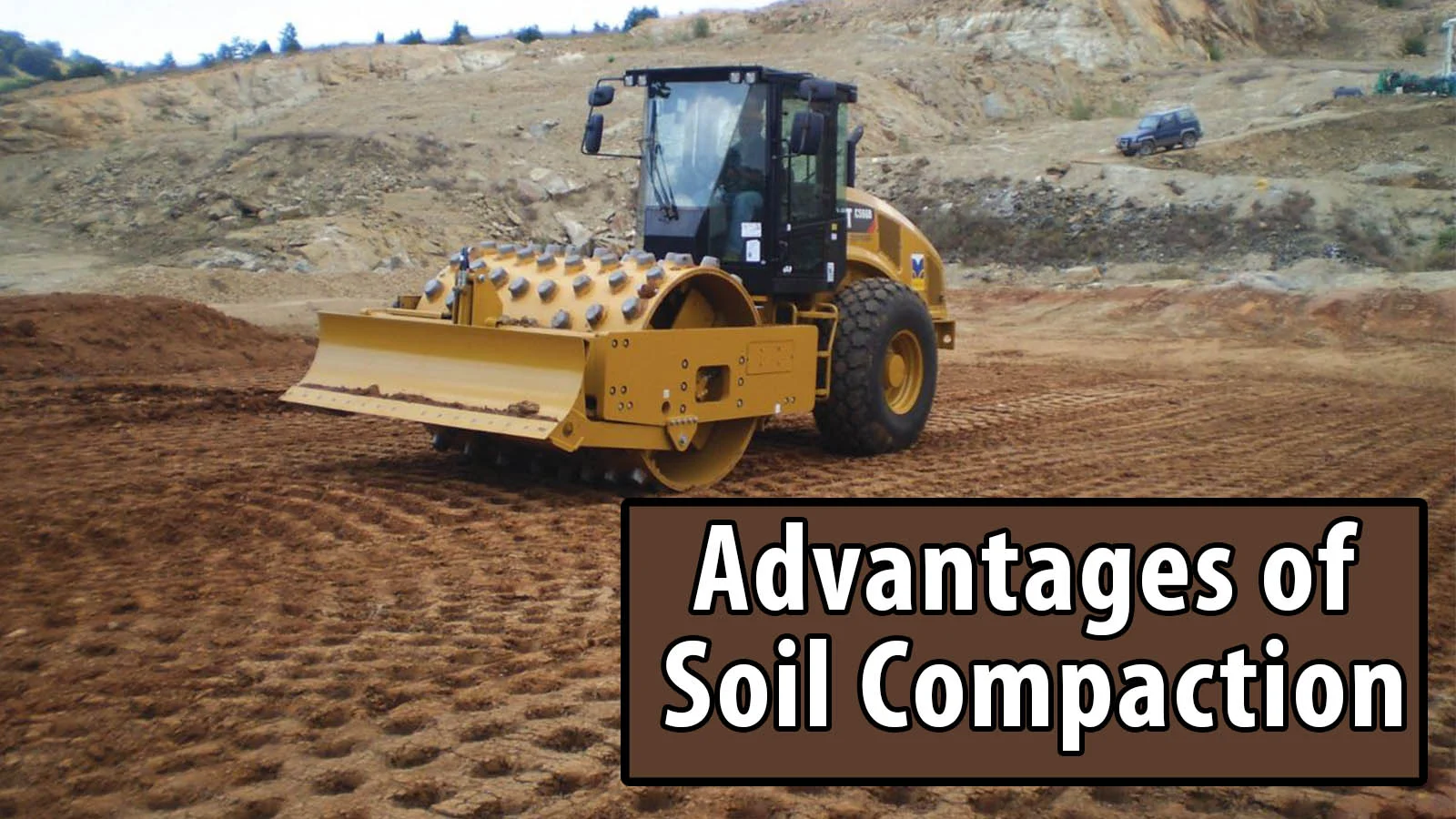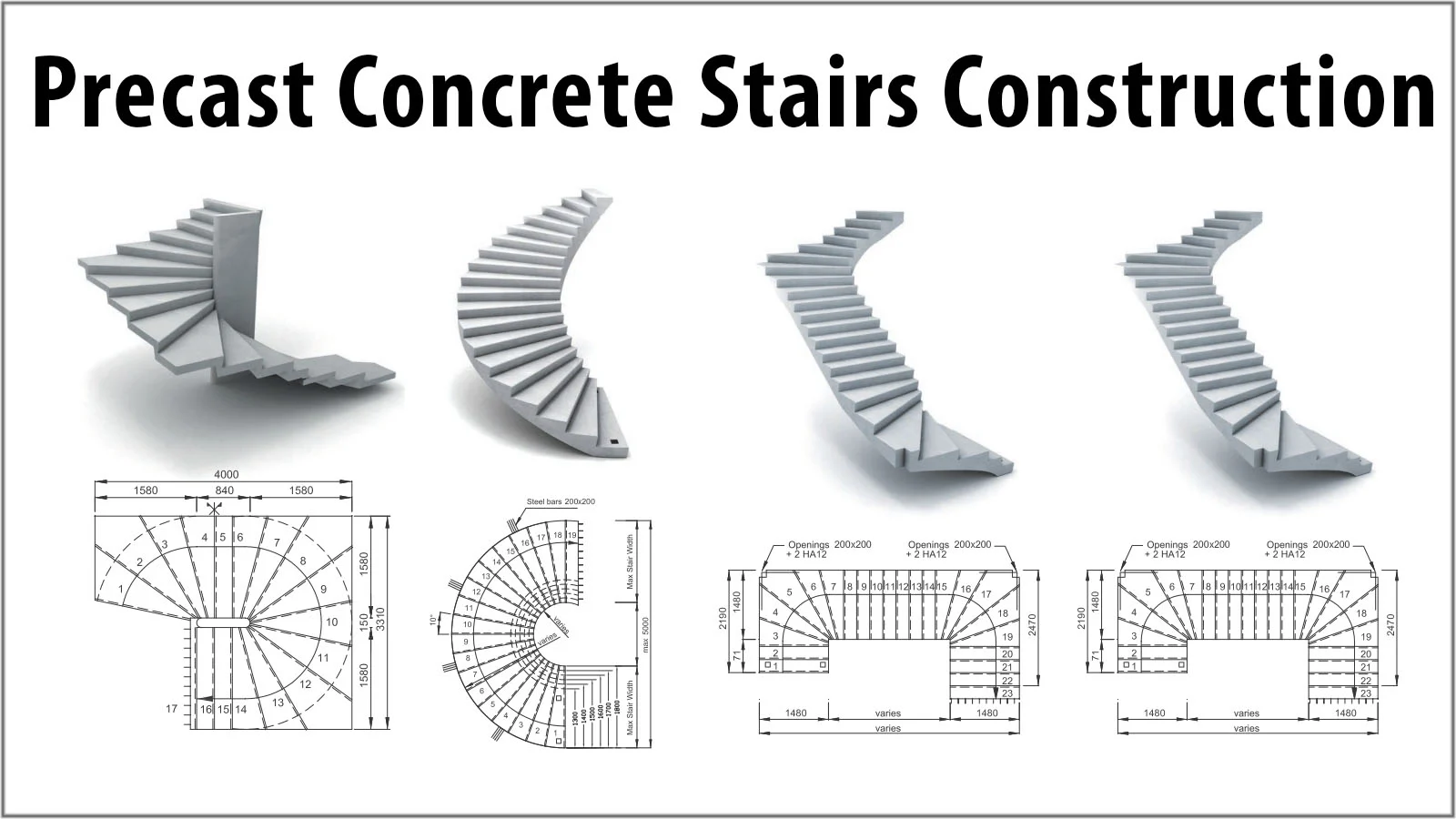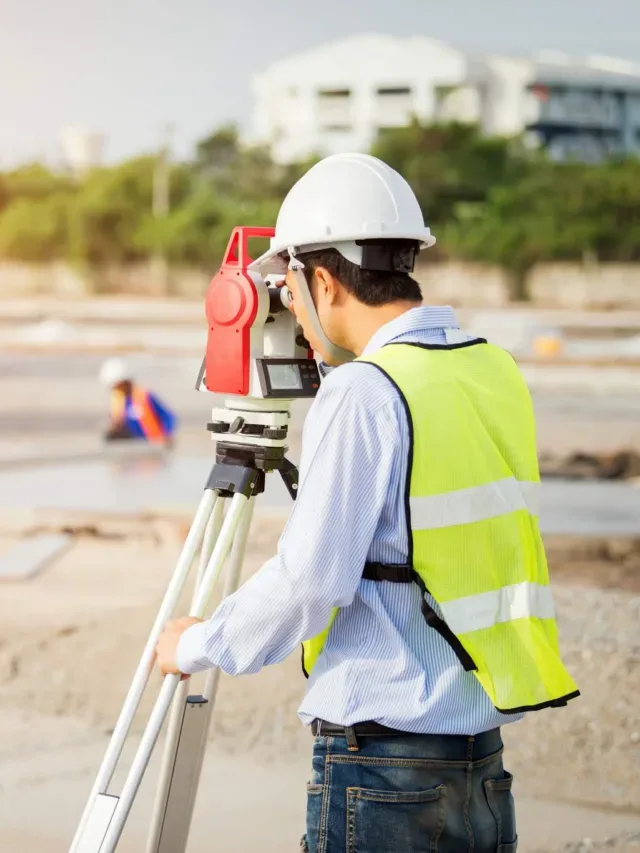Types of Cement
In addition to ordinary cement, following are the other important types of cement:
- Acid resistant cement
- Blast furnace cement
- Coloured cement
- Expanding cement
- High Alumina cement
- Hydrophobic cement
- Low heat cement
- Pozzolana cement
- Quick setting cement
- Rapid hardening cement
- Sulphate resisting cement
- White cement.
- Air entraining cement
Above types of cement are discussed briefly here:
Acid-resistant cement
Acid-resistant cement is composed of the following:
- Acid-resistance aggregates such as quartz, quartzites, etc.
- Additive such as sodium fluosilicate Na2SiF6
- Aqueous solution of sodium silicate or soluble glass.
The addition of additive sodium flousilicate accelerates the hardening process of soluble glass and it also increases the resistance of cement to acid and water.
The binding material of acid-resitance cement is soluble glass which is a water solution of sodium silicate, Na2O.nSiO2 or potassium silicate, K2O.nSiO2, where n is the glass modulus.
The acid-resistance cement is used for acid-resistance and heat resistance coatings of installations of chemical industry. It is not water-resistant and it fails when attacked by water or weak acids. By adding 0.5 percent of linseed oil or 2 percent of ceresit, its resistance to the water is increased and it is then known as the acid and water resistant cement.
Blast furnace cement
For this cement type, the slag as obtained from blast furnace is used. The slag is a waste product in the manufacturing process of pig-iron and it contains the basic elements of cement, namely alumina, lime and silica. The clinkers of cement are ground with about 60 to 65 percent of slag.
The properties of this cement are more or less the same as those of ordinary cement. Its strength in early days is less and hence it requires longer curing period. It proves to be economical as slag, which is a waste product, is used in its manufacture. This cement is durable, but not suitable for use in dry arid zones.
Coloured cement
The cement of desired colour may be obtained by intimately mixing mineral pigments with ordinary cement. The amount of colouring material may vary from 5 to 10 percent. If this percentage exceeds 10 percent, the strength of cement is affected.
The chromium oxide gives green colour. The cobalt imparts blue colour. The iron oxide in different proportions gives brown, red or yellow colour. The manganese dioxide is used to produce black or brown coloured cement.
These types of coloured cement are widely used for finishing of floors, external surfaces, artificial marble, window sill slabs, textured panel faces, stair treads, etc.
Expanding cement
This type of cement is produced by adding an expanding medium like sulpho-aluminate and a stabilising agent to the ordinary cement. Hence this cement expands whereas other cements shrink.
The expanding cement is used for construction of water retaining structures and also for repairing the damaged concrete surfaces.
High Alumina cement
This cement is produced by grinding clinkers formed by calcining bauxite and lime. It is specified that total alumina content should not be less than 32 percent and the ratio by weight of alumina to lime should be between 0.85 to 1.30.
Hydrophobic cement
This type of cement contains admixtures which decreases the wetting ability of cement grains. The usual hydrophobic admixtures are acidol, napthenesoap, oxidized petrolatum, etc. Use of hydrophobic cement considerably increases the water resistance of an concrete.
Low heat cement
The considerable heat is produced during the setting of cement. In order to reduce the amount of heat, this type of cement is used. It contains lower percentage of tricalcium aluminate C3A of about 5% and higher percentage of dicalcium silicate C2S of about 46%.
This cement possesses less compressive strength. The initial setting time is about one hour and final setting time is about 10 hours. It is mainly used for mass concrete work.
Pozzolana cement
Pozzolana is a volcanic powder. It is found in Italy near Vesuvius. This type of cement is used to prepare mass concrete of lean mix and for marine structures. It is also used in sewage works ad for laying concrete under water.
Quick setting cement
This cement is produced by adding a small percentage of aluminium sulphate and by finely grinding the cement. The percentage of gypsum or retarder for setting action is also greatly reduced. The addition of aluminium sulphate and fineness of grinding are responsible for accelerating the setting action of cement. The setting action of cement starts within five minutes after addition of water and it becomes hard like stone in less than 30 minutes or so.
The extreme care is to be taken when this cement is used as mixing and placing of concrete are to be completed in a very short period. This type of cement is used to lay concrete under static water or running water.
Rapid hardening cement
The initial and final setting times of this cement are same as those of ordinary cement. But it attains high strength in early days. It contains high percentage of tricalcium silicate C3S to the extent of about 56%.
Sulphate resisting cement
In this cement, the percentage of tricalcium aluminate C3A is kept below 5 percent and it results in the increase in resisting power against sulphates.
This type of cement is used for structures which are likely to be damaged by severe alkaline conditions such as canal linings, culverts, siphons, etc.
White cement
This just a variety of ordinary cement and is prepared from such raw materials which are practically free from colouring oxides of iron, manganese or chromium. For burning of this cement, the oil fuel is used instead of coal. It is white in colour and is used for floor finish, plaster work, ornament work, etc.
Air entraining cement
It is produced by adding indigenous air entraining agents such as resins, glues, sodium salts of Sulphates etc during the grinding of clinker. This type of cement is specially suited to improve the workability with smaller water cement ratio and to improve frost resistance of concrete.









